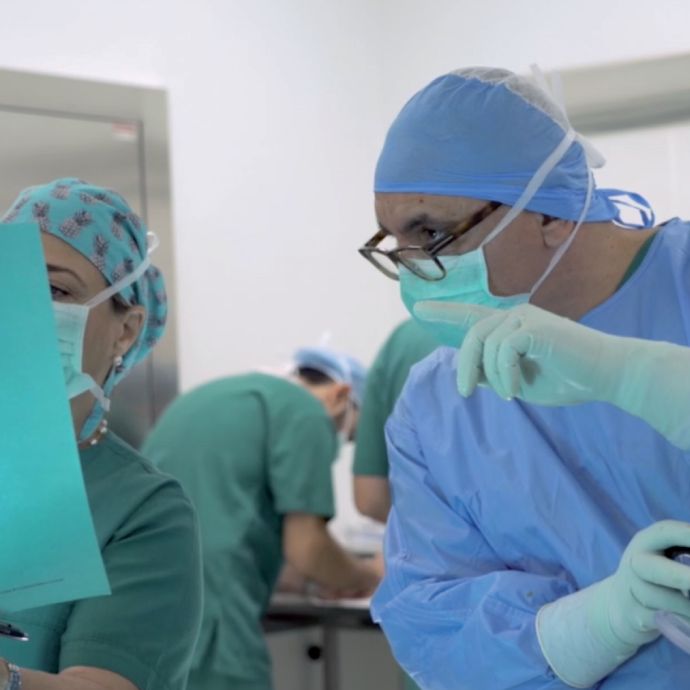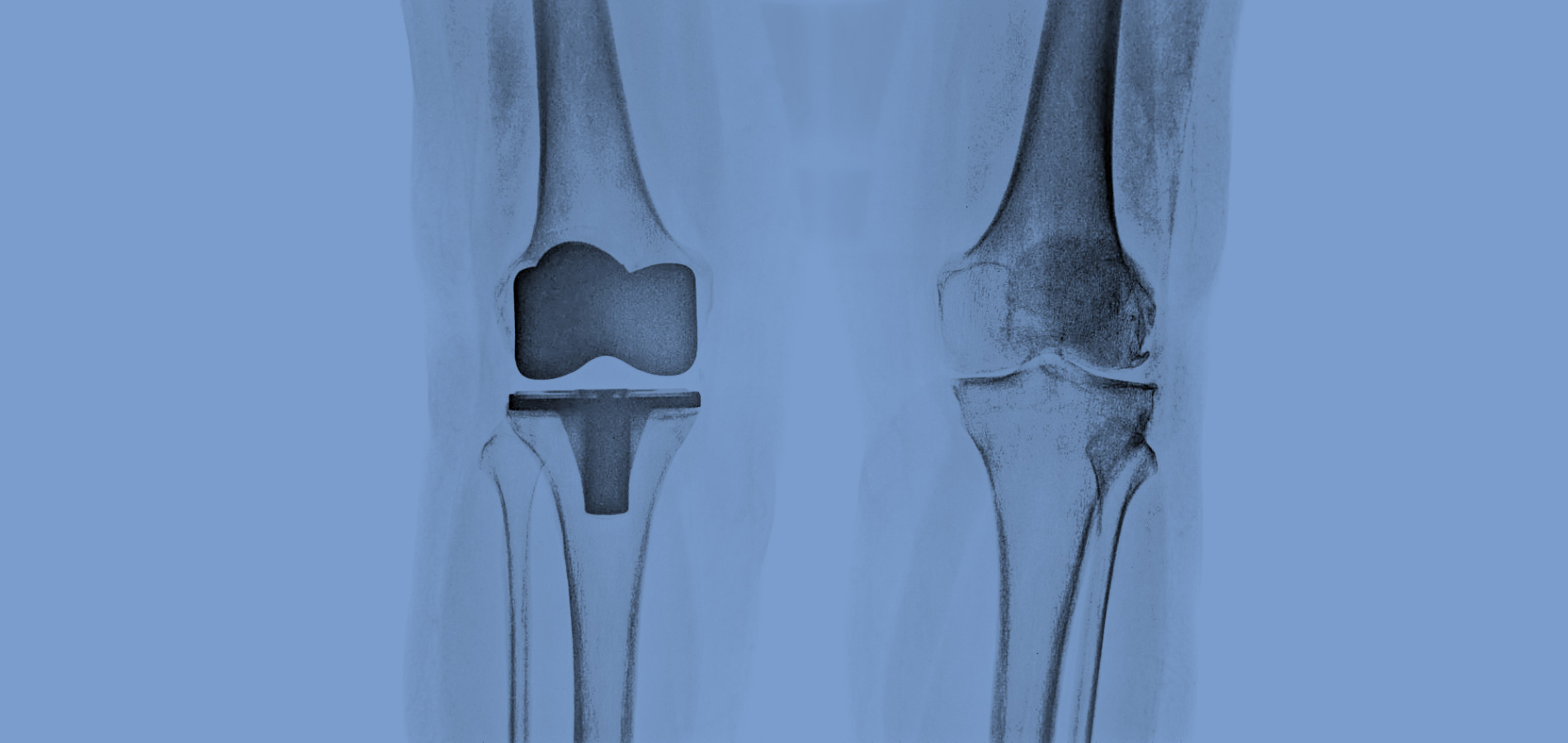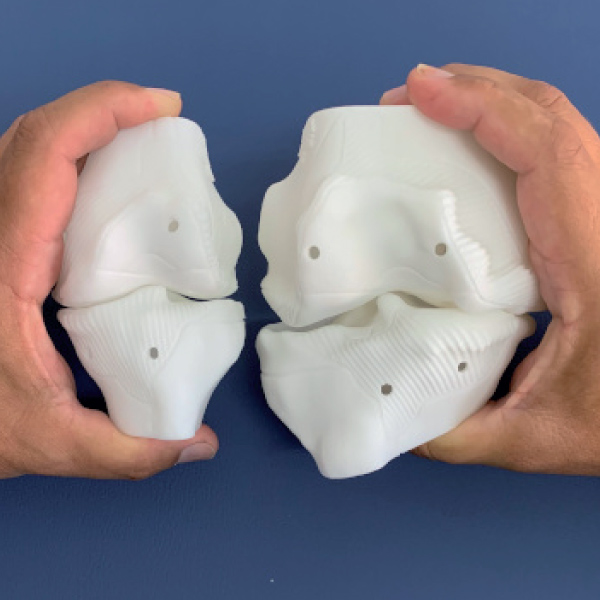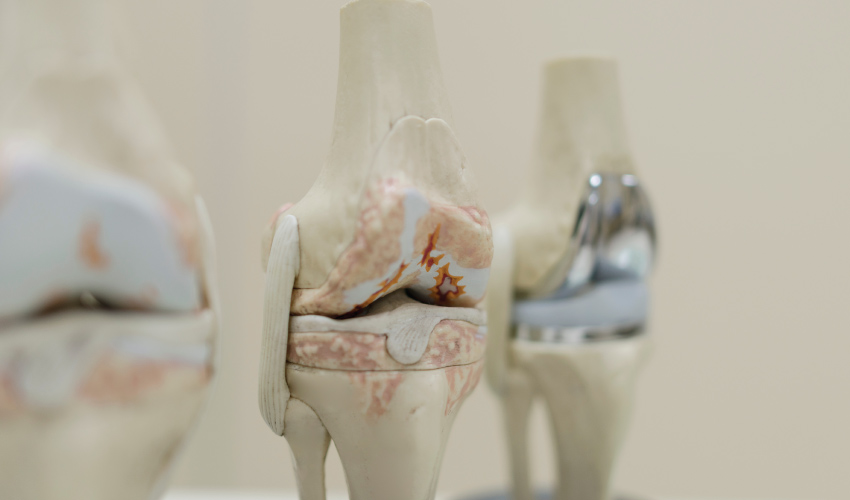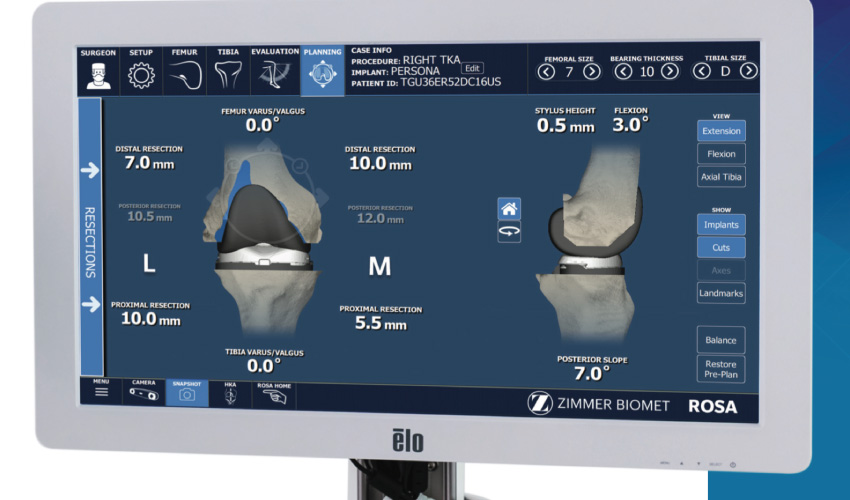In addition to the molecular weight of hyaluronic acid, its content per dosage plays an important role. The content can range from 20mg of hyaluronic acid per 2ml to 90mg per 3ml of the formulation, certainly affecting the potency of administration. Finally, the new generation hyaluronic acids are cross-linked which can be maintained in the affected joint for a longer period, offering relief in one or two doses per year.
Hyaluronic acid intra-articular therapy can be combined with other forms of intra-articular therapies such as collagen, PRP and autologous mesenchymal stem cells. When hyaluronic acid paired with a mesenchymal stem cells have been shown to undergo chondrogenic differentiation, which leads to neo-cartilage formation and recovery of some of the degraded cartilage of patients with OA.
